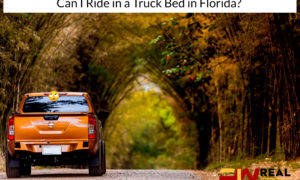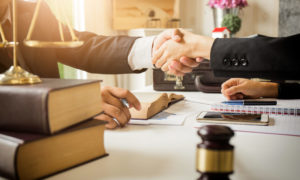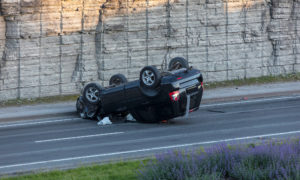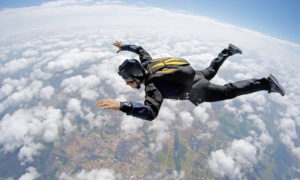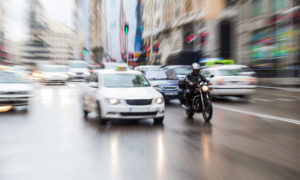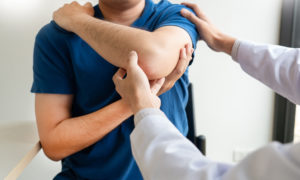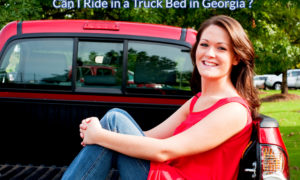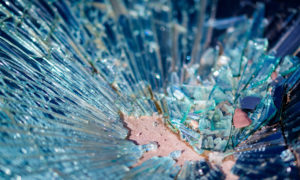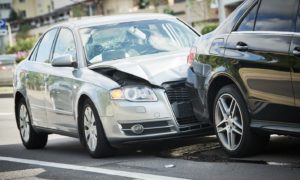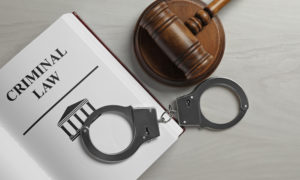A Business Facility’s Liability for a Slip and Fall Accident
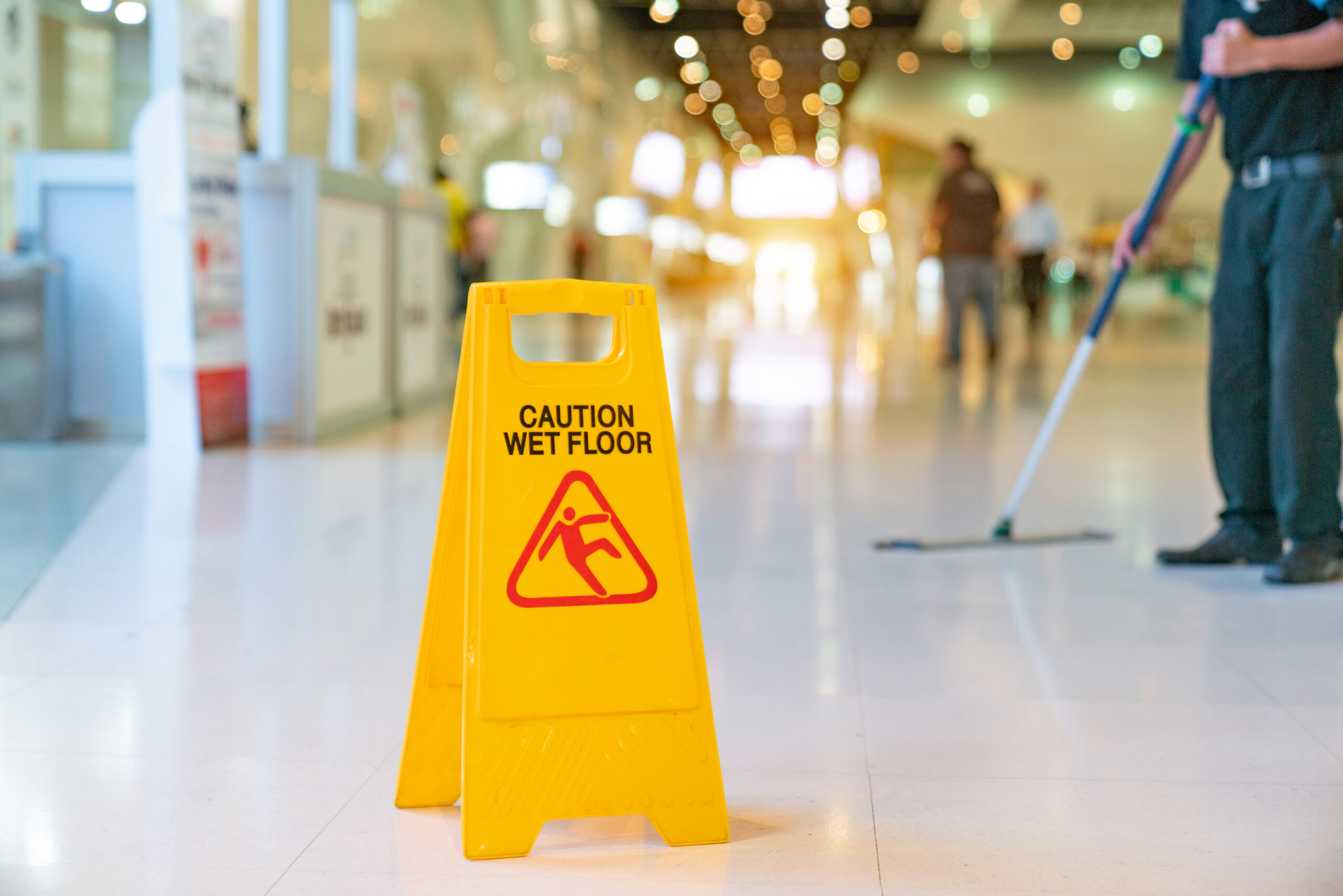
A facility that opens its doors to everyone has a duty to make sure that the entire property is reasonably safe. If unsafe conditions contribute to a slip and fall accident, the facility might be held liable for the resulting damages.
Suppose a visitor slips and falls in a store. In that case, he or she can seek compensation for the resulting injuries and other damages by filing a personal injury claim against the business. Whether it’s nationwide chain stores like Walmart or a grocery store down the street, any business that invites people onto its premises must take some steps to keep clients out of the harm’s way.
People who get injured due to slip and fall injuries on business facilities may have a valid claim against that business. However, this process isn’t a smooth one. Here are important facts you should know about a commercial facility’s liability for slip and fall accidents.
Duty to maintain safe business facilities
All business facilities are legally obliged to ensure reasonably safe conditions for the protection of their employees and clients. Slip and fall accidents can happen for many reasons. Someone might fall due to an accumulation of ice in the entryway, water spill on the floor, or trip over a frayed mat. If the items on display are haphazardly placed, the chances are that they can fall in the path of the clients and cause accidents.
Other issues that the business owner must address include poor lighting, spilled latte, unsafe staircase, and more. These possibilities are endless. However, no matter the specific cause of the slip and fall incident, the business facility’s legal liability will depend on whether there was a reasonable notice of the unsafe condition.
Who is liable?
In order for the business facility owner to be held legally liable for the injuries sustained due to a slip and fall injury, any of the following should be true:
- The facility owner knew about the unsafe conditions and didn’t correct it.
- The facility owner should have known about the unsafe facility condition and should have taken the right steps to ensure that no injury occurs, just as a reasonable individual would have done.
- The facility owner created the unsafe conditions that resulted in the slip and fall accident.
In most cases, liability is decided by common sense. Many judges and juries establish whether the facility owner was careful by deciding if he or she took the right steps to keep the premises safe. For example, did the premises owner make regular effort to keep the facility safe according to the set standards?
Other factors that judges take into consideration when establishing fault include:
- The period the unsafe condition existed and whether or not the facility owner had time to know about it and get it fixed.
- Whether the facility owner attempted to remedy the unsafe situation and his or her actions were reasonable and appropriate.
- Whether the victim was reckless in their actions and thereby contributing to the slip and fall accident.
In some states, there are comparative negligence laws. That means the victim of the accident can also be held to a varying degree of liability for the injury. For example, if the victim acted negligently or ignored posted warning signs, they could be held liable for an accident.
Seek legal help
Slip and fall accidents can cause either mild or severe injuries. If you need medical attention after the accident and you cannot return to work immediately, the chances are that you will need to pursue a personal injury claim. This is a complicated process that you shouldn’t handle on your own. Hire an attorney who can help.

